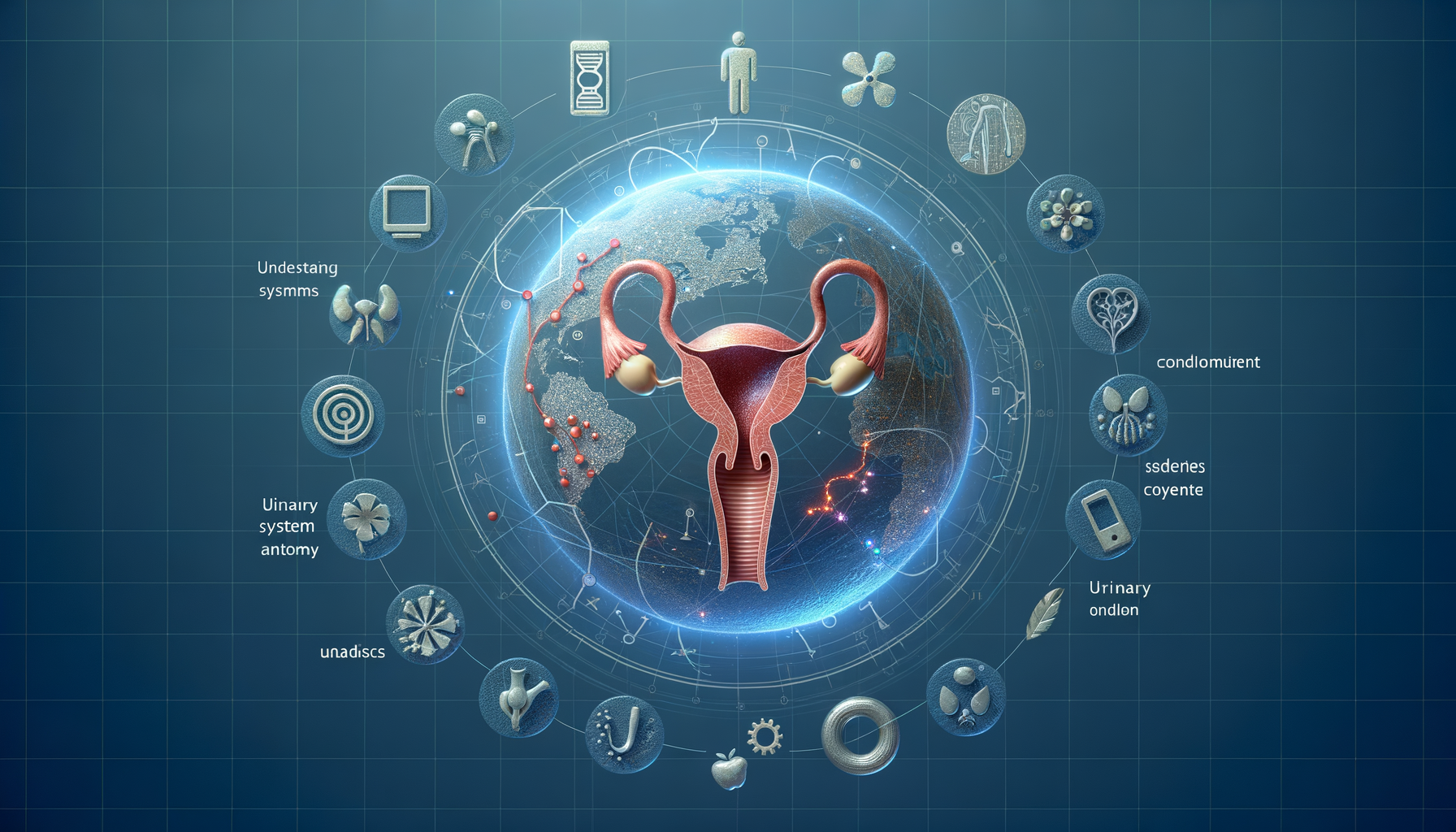Introduction to Urinary Incontinence
Urinary incontinence is a widespread condition affecting millions of people globally. It is characterized by the involuntary leakage of urine, which can lead to both physical discomfort and emotional distress. Understanding the causes and types of urinary incontinence is crucial for effective management and treatment. This condition can affect individuals of all ages, though it is more prevalent among older adults and women. In this article, we will explore the various aspects of urinary incontinence, including its causes, types, and management strategies.
Causes and Risk Factors
Urinary incontinence can result from a variety of causes and risk factors. It is often a symptom of an underlying health issue rather than a disease itself. Common causes include weakened pelvic floor muscles, urinary tract infections, and certain medications. Additionally, lifestyle factors such as obesity, smoking, and excessive caffeine or alcohol intake can contribute to the development of this condition. Hormonal changes during pregnancy and menopause also play a significant role in increasing the risk of urinary incontinence in women.
Several risk factors are associated with urinary incontinence:
- Age: The likelihood of developing urinary incontinence increases with age.
- Gender: Women are more prone to urinary incontinence due to pregnancy, childbirth, and menopause.
- Family history: A family history of incontinence can increase the risk.
- Chronic conditions: Conditions such as diabetes and neurological disorders can contribute to incontinence.
Understanding these causes and risk factors is essential for developing a personalized approach to managing urinary incontinence effectively.
Types of Urinary Incontinence
There are several types of urinary incontinence, each with distinct characteristics and causes. The most common types include stress incontinence, urge incontinence, overflow incontinence, and functional incontinence.
Stress incontinence occurs when physical activities such as coughing, sneezing, or exercising put pressure on the bladder, leading to urine leakage. This type is often associated with weakened pelvic floor muscles.
Urge incontinence, also known as overactive bladder, involves a sudden and intense urge to urinate, followed by involuntary leakage. It is often caused by bladder muscle contractions.
Overflow incontinence happens when the bladder cannot empty completely, leading to frequent dribbling of urine. This can be due to a blockage or weak bladder muscles.
Functional incontinence is related to physical or mental impairments that prevent an individual from reaching the bathroom in time, rather than a bladder issue.
Identifying the specific type of urinary incontinence is crucial for determining the most appropriate treatment plan.
Diagnosis and Treatment Options
Diagnosing urinary incontinence typically involves a thorough medical history review, physical examination, and specific tests such as urinalysis, bladder diary, or urodynamic tests. These assessments help determine the type and severity of incontinence.
Treatment options for urinary incontinence vary based on the type and underlying cause. They may include lifestyle changes, pelvic floor exercises, medications, or surgical interventions. Lifestyle modifications such as losing weight, reducing caffeine and alcohol intake, and quitting smoking can significantly improve symptoms.
Pelvic floor exercises, also known as Kegel exercises, strengthen the muscles supporting the bladder and urethra, providing better control over urination. Medications can help relax the bladder or increase its capacity, depending on the type of incontinence.
In cases where conservative treatments are ineffective, surgical options such as sling procedures or bladder neck suspension may be considered. Consulting with a healthcare professional is essential to tailor the treatment plan to individual needs and preferences.
Living with Urinary Incontinence
Living with urinary incontinence can be challenging, but several strategies can help manage the condition and improve quality of life. Maintaining a positive attitude and seeking support from healthcare providers, family, and support groups can make a significant difference.
Practical tips for managing urinary incontinence include:
- Using absorbent pads or protective garments to prevent embarrassment and maintain hygiene.
- Scheduling regular bathroom breaks to reduce the risk of accidents.
- Practicing bladder training techniques to increase the time between urination.
- Adopting a healthy diet and staying hydrated to prevent constipation, which can exacerbate symptoms.
By implementing these strategies and working closely with healthcare professionals, individuals with urinary incontinence can lead fulfilling and active lives.








